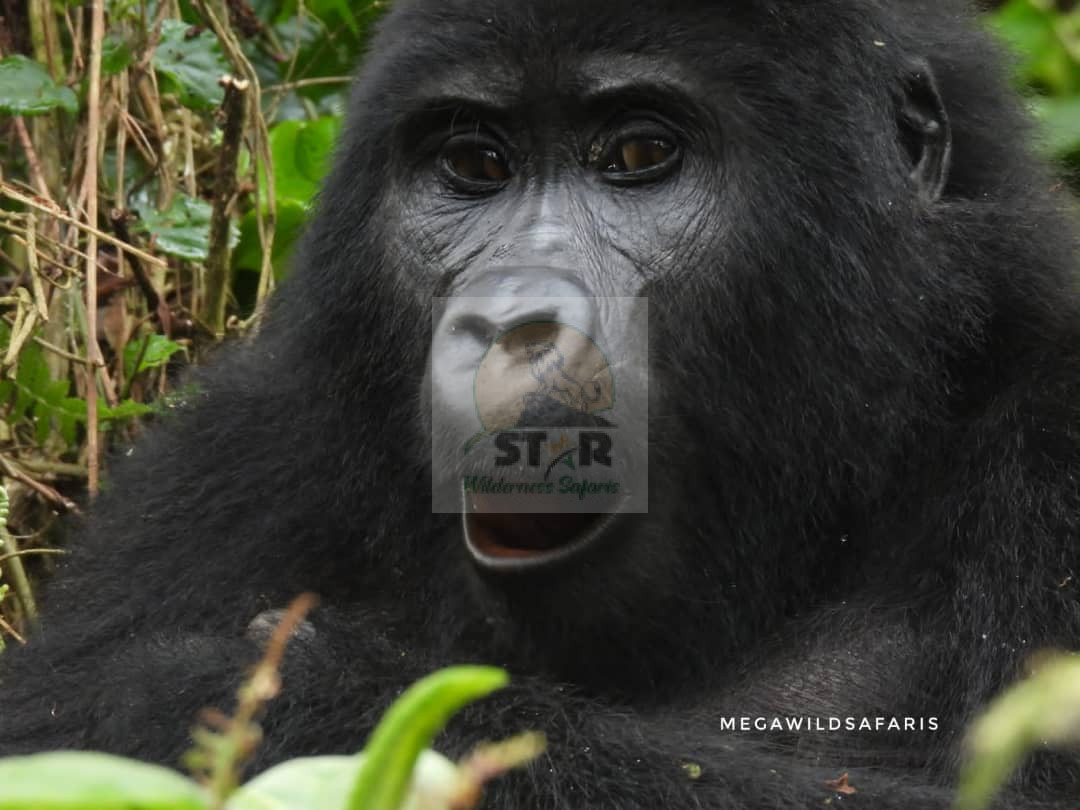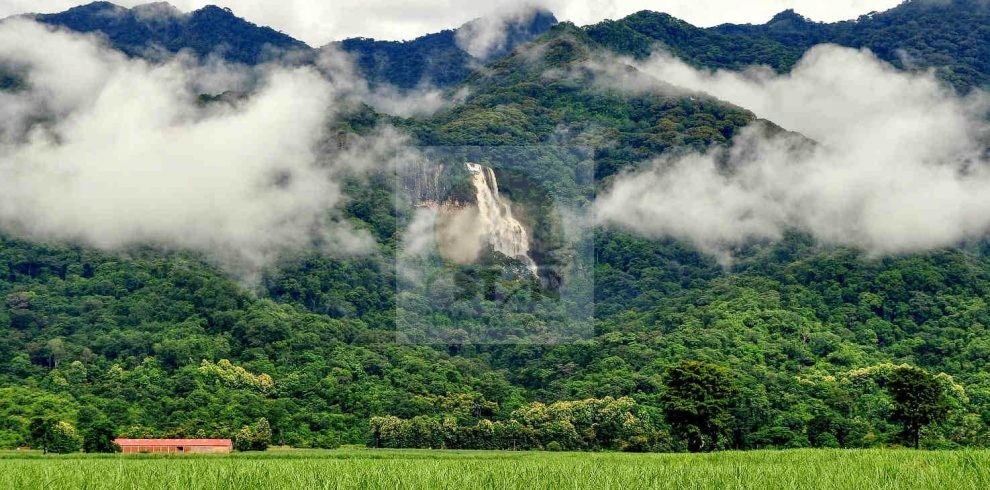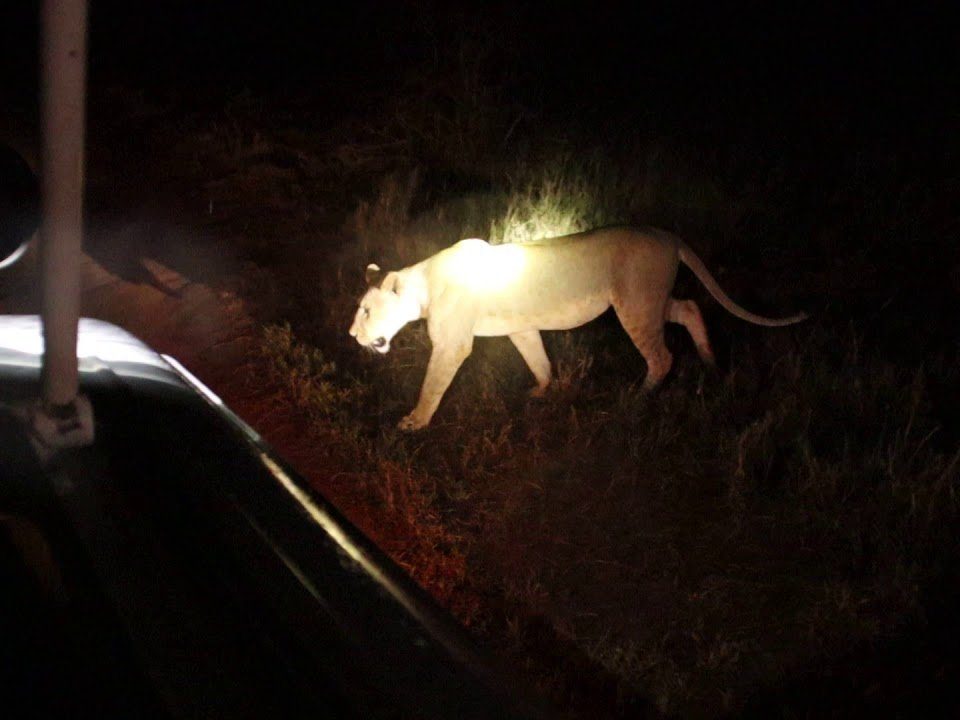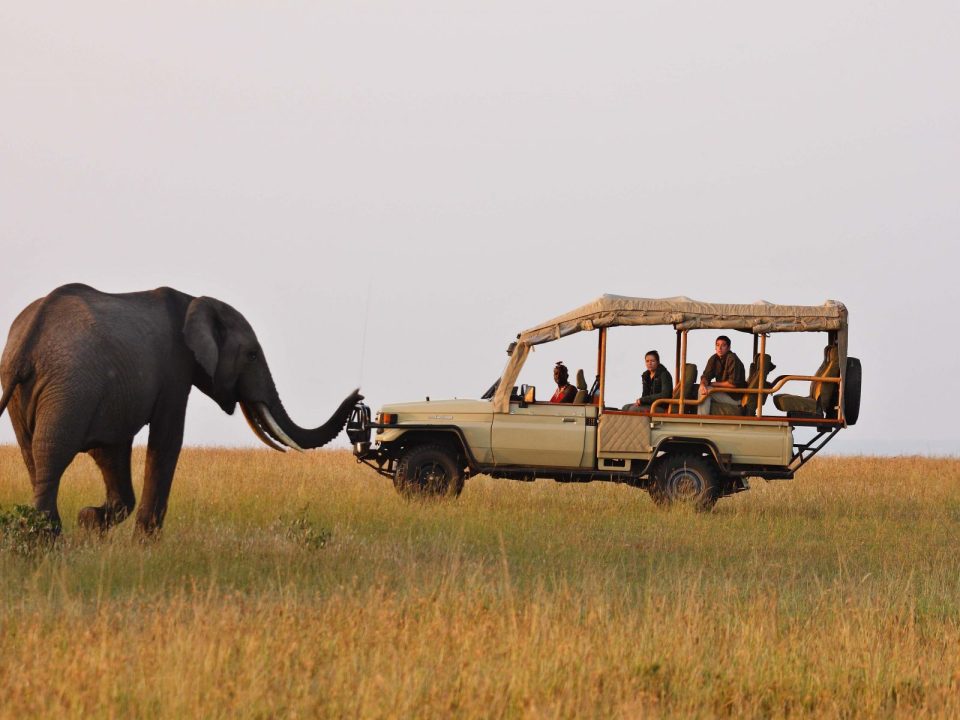
What are the Differences Between Gorilla Trekking Experience in Rwanda, Uganda, and DR Congo?
May 25, 2025
Why Going on a Gorilla Trek in the Off-Season is Preferable
May 25, 2025What are the Peaks of Mount Kilimanjaro?
Discovering the Majestic Peaks of Mount Kilimanjaro on Your Wildlife Safari Adventure
When planning an unforgettable East African wildlife safari or adventure tour, one of the most iconic landmarks that captivate travelers worldwide is Mount Kilimanjaro. As Africa’s highest mountain, Mount Kilimanjaro offers more than just a towering presence on the Tanzanian skyline; it is a symbol of natural grandeur and an ultimate challenge for hikers and wildlife enthusiasts alike. At Star Wilderness Safaris, we often hear the question: What are the peaks of Mount Kilimanjaro? Understanding the individual peaks, their unique features, and their significance enhances your experience whether you are on a Kilimanjaro climbing expedition or combining it with a Uganda safari or Rwanda safari.
Mount Kilimanjaro’s peaks represent distinct ecological zones, geological marvels, and cultural heritage. Trekking to these peaks is a highlight of many Tanzania tours, but the adventure can also be paired seamlessly with gorilla trekking safaris in Uganda or Rwanda, providing a holistic wildlife safari experience. Whether you are fascinated by the rugged snow-capped summit of Kibo, the volcanic domes of Mawenzi and Shira, or the incredible landscapes surrounding the mountain, knowing what are the peaks of Mount Kilimanjaro gives you a richer appreciation of this world-renowned mountain.
This article offers a detailed overview of Kilimanjaro’s peaks, the trekking routes that reach them, and how they fit into the broader context of East African safaris, including opportunities to combine gorilla habituation experiences or chimpanzee tracking with your Kilimanjaro adventure.
The Three Majestic Peaks of Mount Kilimanjaro: Kibo, Mawenzi, and Shira
To answer the question “What are the peaks of Mount Kilimanjaro?” we start with the three distinct volcanic cones that form this magnificent mountain massif. These peaks—Kibo, Mawenzi, and Shira—are the central features of Kilimanjaro’s landscape, each with its unique geological characteristics and ecological zones.
Kibo Peak stands tallest at approximately 5,895 meters (19,341 feet), crowned by the Uhuru Peak, the highest point on the African continent. Kibo is the dormant volcanic cone that offers climbers the challenge of summit trekking, often enveloped by the iconic glaciers and snowfields. This peak is accessible via several trekking routes, including the Marangu, Machame, Lemosho, and Rongai routes, each offering different scenic experiences and levels of difficulty.
The Mawenzi Peak, reaching 5,149 meters (16,893 feet), is rugged and sharply pointed, with steep cliffs and rocky terrain. Although it is not the highest, Mawenzi is notoriously difficult and less frequently climbed due to its technical challenges. It contributes dramatically to Kilimanjaro’s jagged skyline and is often admired by trekkers from base camps or on neighboring routes.
The Shira Peak, standing at about 3,962 meters (13,000 feet), is the oldest volcanic cone and has mostly collapsed over millennia. It forms a plateau on the western side of Kilimanjaro and is a key point on many trekking routes, especially the scenic Lemosho and Shira routes. The Shira Plateau provides hikers with breathtaking views of the surrounding forests and alpine moorlands and offers insight into Kilimanjaro’s volcanic history.
Understanding these three peaks is essential for anyone seeking to explore Kilimanjaro on a Tanzania tour, whether focused solely on mountain trekking or combined with broader wildlife safari adventures such as Uganda gorilla trekking safaris or Rwanda tours.
Kibo Peak: The Summit of Kilimanjaro and Its Significance in Tanzania and Beyond
Focusing on Kibo Peak, the highest of Mount Kilimanjaro’s peaks, reveals why it is the ultimate goal for many climbers on a gorilla trekking safari or wildlife adventure in East Africa. At 5,895 meters above sea level, Kibo’s summit, known as Uhuru Peak, symbolizes the pinnacle of physical endurance and natural beauty. The climb to Kibo’s summit is challenging, requiring acclimatization and stamina, but the reward is unparalleled panoramic views that extend across Tanzania and neighboring countries.
Kibo is unique because, unlike Mawenzi and Shira, it is still classified as a dormant volcano, with the possibility of future eruptions, though it has been inactive for thousands of years. The summit crater and the famous glaciers surrounding Kibo are vestiges of Kilimanjaro’s volcanic origins, though climate change has dramatically reduced the ice fields in recent decades. Climbing to the top of Kibo Peak is often the highlight of many Tanzania tours and can be combined with gorilla trekking safaris in Uganda or Rwanda to create a diverse East African itinerary.
Trekking routes to Kibo include the Machame and Lemosho routes, known for their scenic beauty and better acclimatization profiles. While climbing Kibo, travelers gain a unique perspective on the diverse ecosystems of Kilimanjaro—from lush rainforest at the base through alpine desert to the snowfields near the summit—making it an exceptional wildlife safari experience.
Mawenzi Peak: The Rugged and Remote Peak of Mount Kilimanjaro
When exploring what are the peaks of Mount Kilimanjaro, Mawenzi deserves special attention for its rugged terrain and striking presence. Standing at 5,149 meters, Mawenzi is the second highest peak and contrasts starkly with the smoother slopes of Kibo. It is characterized by jagged cliffs, spires, and deep ravines, making it a favorite for experienced mountaineers seeking a technical challenge.
Although Mawenzi is not commonly part of the standard trekking routes used by most climbers heading for Kibo’s summit, it is a breathtaking landmark visible from many vantage points around Kilimanjaro National Park. The peak’s difficulty and remote position mean fewer visitors attempt to summit Mawenzi, preserving its wild and untamed atmosphere.
For wildlife safari travelers interested in combining mountain adventure with cultural experiences, the region around Mawenzi offers opportunities to visit local Chagga villages. The Chagga people, who inhabit the slopes of Kilimanjaro, have rich traditions linked to the mountain and its peaks. Cultural tours include visiting coffee plantations, traditional healers, and experiencing indigenous music and dance, adding a meaningful dimension to your Tanzania tour or Rwanda safari itinerary.
Shira Peak: The Ancient Volcanic Plateau and Its Ecological Importance
Shira Peak, the third of Kilimanjaro’s main peaks, stands out as a high volcanic plateau rather than a towering summit. At approximately 3,962 meters, Shira is the oldest of the three peaks and has collapsed over time to form the Shira Plateau, a stunning feature on the western side of the mountain. The Shira Plateau is a critical ecological zone on Kilimanjaro, hosting unique flora and fauna adapted to high-altitude environments.
Trekking routes such as the Lemosho and Shira routes traverse this plateau, offering hikers spectacular views and a gradual ascent that aids acclimatization. The plateau’s moorlands are covered with giant groundsels and lobelias—plants specially adapted to the cold temperatures at this altitude. These landscapes are often a favorite among wildlife safari enthusiasts and gorilla trekking safari participants who appreciate the diversity of East Africa’s natural beauty.
Moreover, Shira Peak and the plateau provide a quieter and less crowded alternative for travelers seeking tranquility amid nature. Combining a trek through Shira with a gorilla trekking safari in Uganda or Rwanda offers an unmatched blend of adventure, wildlife, and culture, with opportunities to explore local communities and their sustainable lifestyles alongside your mountain expedition.
Combining Kilimanjaro Peak Adventures with Uganda and Rwanda Gorilla Trekking Safaris
For travelers seeking a truly comprehensive East African safari, combining the Kilimanjaro trekking experience with gorilla trekking safaris in Uganda or Rwanda offers an unforgettable adventure. While Mount Kilimanjaro’s peaks provide the backdrop for one of the world’s most iconic climbs, the dense forests of Bwindi Impenetrable National Park and Volcanoes National Park present a different but equally spectacular encounter with wildlife.
Gorilla trekking safaris in Uganda and Rwanda allow visitors to get up close with endangered mountain gorillas, participate in gorilla habituation experiences, and learn about primate behavior and conservation. Chimpanzee tracking, another thrilling activity often available in Uganda’s Kibale Forest, adds another layer to your wildlife safari. These primate encounters complement the physical and cultural challenges of climbing Kilimanjaro, making for a well-rounded trip.
Star Wilderness Safaris specializes in designing combined itineraries that enable travelers to summit Kilimanjaro’s peaks and then venture into the jungles for gorilla trekking, chimpanzee tracking, and cultural visits. These combined experiences maximize your time in East Africa, blending thrilling mountain treks with intimate wildlife encounters and cultural immersion.
Cultural Experiences Around Kilimanjaro’s Peaks and Gorilla Habituation Sites
Understanding what are the peaks of Mount Kilimanjaro is incomplete without acknowledging the rich cultural heritage of the local communities around the mountain and gorilla habitats. The Chagga people on Kilimanjaro’s slopes offer welcoming cultural tours that include visits to traditional villages, coffee farms, and sacred sites. These experiences enrich your Tanzania tour by connecting you to the mountain’s human story.
Similarly, communities around Uganda’s Bwindi Impenetrable Forest and Rwanda’s Volcanoes National Park offer vibrant cultural encounters. Visitors can participate in traditional dances, crafts, and village walks that highlight the relationship between people and the forest ecosystem. Many gorilla trekking safaris include these cultural experiences, providing a well-rounded wildlife safari that supports local livelihoods.
Conclusion: Embrace the Adventure of Mount Kilimanjaro’s Peaks and Gorilla Trekking Safaris
In conclusion, understanding what are the peaks of Mount Kilimanjaro is vital to appreciating one of Africa’s greatest natural landmarks. Kibo, Mawenzi, and Shira each offer distinct challenges and stunning landscapes for travelers seeking adventure, wildlife safaris, or cultural immersion. When combined with gorilla trekking safaris in Uganda or Rwanda, the experience becomes even more unforgettable.
Star Wilderness Safaris invites you to explore these majestic peaks, hike through diverse ecological zones, meet the indigenous communities, and encounter the world’s rare mountain gorillas and chimpanzees. Your Kilimanjaro climbing adventure and gorilla trekking safari will create memories that last a lifetime, enriched by nature’s wonders and the warmth of East African culture.
Embark on your journey today and discover the spectacular peaks of Mount Kilimanjaro alongside the thrill of Uganda Gorilla Trekking and Rwanda’s incredible wildlife safari experiences.




